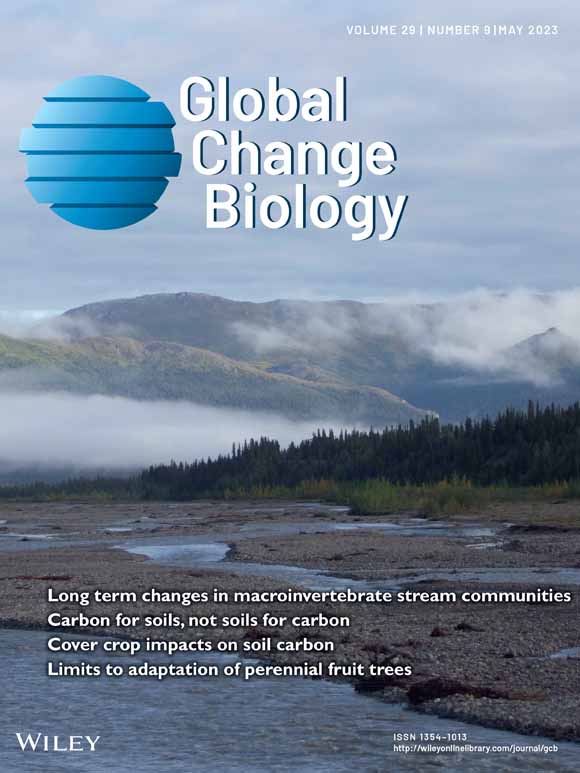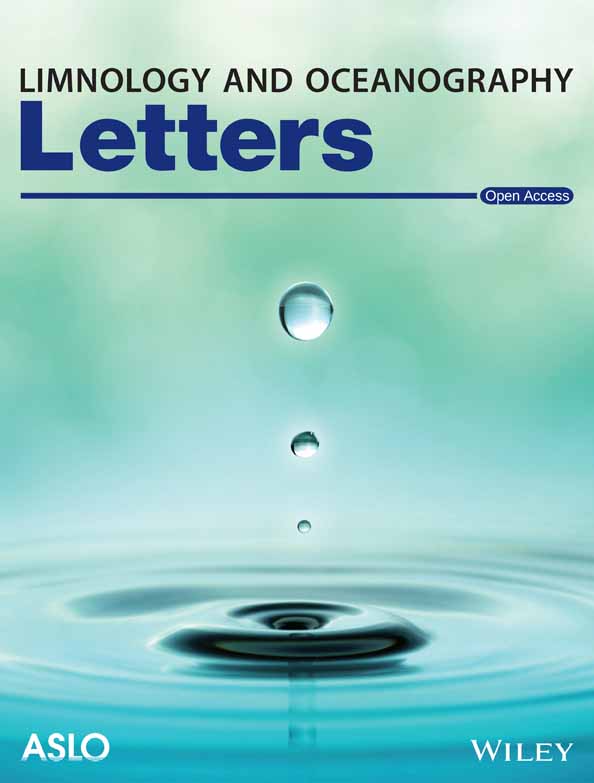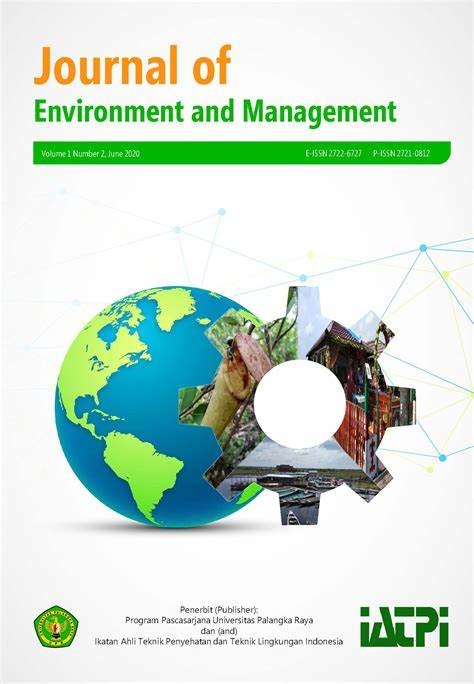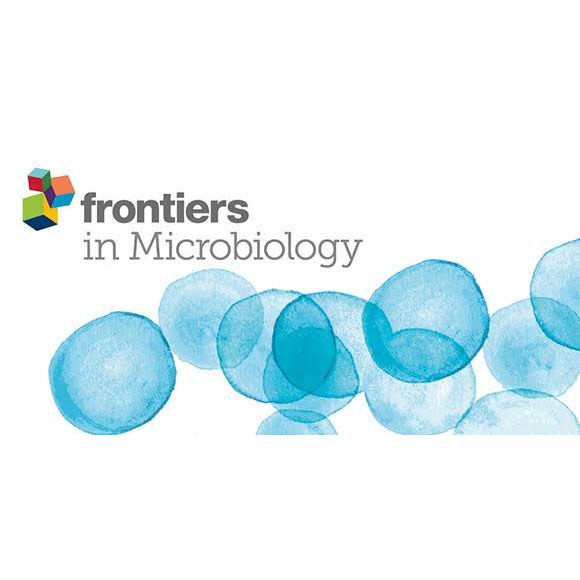Please find all scientific publications of IGB under > scientific publications
For more detailed information please refer to our > library catalogue
81 - 90 of 150 items
- Department:(Dept. 3) Plankton and Microbial Ecology
September 2024
Science of the Total Environment. - 934(2024), Art. 173188
Tapping into fungal potential: Biodegradation of plastic and rubber by potent Fungi
Sabreen S. Ibrahim; Danny Ionescu; Hans-Peter Grossart
The presence of plastics in our environment is an increasing burden on nature and our health. The authors have now identified fungi isolated from freshwater ecosystems that can efficiently degrade plastic polymers made of polyurethane, polyethylene and tyre rubber. Contrary to previous assumptions, no pre-treatment of the plastics was necessary.

September 2024
Journal of Hazardous Materials. - 477(2024), Art. 135152
Enhanced inhibitory efficiency against toxic bloom forming Raphidiopsis raciborskii by Streptomyces sp. HY through triple algicidal modes: Direct and indirect attacks combined with bioflocculation
Yan Xie; He Zhang; Baiyu Cui; Ruozhen Geng; Hans-Peter Grossart; Peng Xiao; Jun Zuo; Hai Zhang; Zeshuang Wang; Guang Wang; Xudong Wang; Zengling Ma; Renhui Li
September 2024
Nature Communications. - 15(2024), Art. 7233
Unravelling large-scale patterns and drivers of biodiversity in dry rivers
Arnaud Foulquier; Thibault Datry; Roland Corti; Daniel von Schiller; Klement Tockner; Rachel Stubbington; Mark O. Gessner; Frédéric Boyer; Marc Ohlmann; Wilfried Thuiller; Delphine Rioux; Christian Miquel; Ricardo Albariño; Daniel C. Allen; Florian Altermatt; Maria Isabel Arce; Shai Arnon; Damien Banas; Andy Banegas-Medina; Erin Beller; Melanie L. Blanchette; Joanna Blessing; Iola Gonçalves Boëchat; Kate Boersma; Michael Bogan; Núria Bonada; Nick Bond; Katherine Brintrup; Andreas Bruder; Ryan Burrows; Tommaso Cancellario; Cristina Canhoto; Stephanie Carlson; Núria Cid; Julien Cornut; Michael Danger; Bianca de Freitas Terra; Anna Maria De Girolamo; Rubén del Campo; Verónica Díaz Villanueva; Fiona Dyer; Arturo Elosegi; Catherine Febria; Ricardo Figueroa Jara; Brian Four; Sarig Gafny; Rosa Gómez; Lluís Gómez-Gener; Simone Guareschi; Björn Gücker; Jason Hwan; J. Iwan Jones; Patrick S. Kubheka; Alex Laini; Simone Daniela Langhans; Bertrand Launay; Guillaume Le Goff; Catherine Leigh; Chelsea Little; Stefan Lorenz; Jonathan Marshall; Eduardo J. Martin Sanz; Angus McIntosh; Clara Mendoza-Lera; Elisabeth I. Meyer; Marko Miliša; Musa C. Mlambo; Manuela Morais; Nabor Moya; Peter Negus; Dev Niyogi; Iluminada Pagán; Athina Papatheodoulou; Giuseppe Pappagallo; Isabel Pardo; Petr Pařil; Steffen U. Pauls; Marek Polášek; Pablo Rodríguez-Lozano; Robert J. Rolls; Maria Mar Sánchez-Montoya; Ana Savić; Oleksandra Shumilova; Kandikere R. Sridhar; Alisha Steward; Amina Taleb; Avi Uzan; Yefrin Valladares; Ross Vander Vorste; Nathan J. Waltham; Dominik H. Zak; Annamaria Zoppini
September 2024
Limnology and Oceanography Letters. - 9(2024)6, 667-673
Unleashing the power of remote sensing data in aquatic research: Guidelines for optimal utilization
Igor Ogashawara; Sabine Wollrab; Stella A. Berger; Christine Kiel; Andreas Jechow; Alexis L. N. Guislain; Peter Gege; Thomas Ruhtz; Martin Hieronymi; Thomas Schneider; Gunnar Lischeid; Gabriel A. Singer; Franz Hölker; Hans-Peter Grossart; Jens C. Nejstgaard
The study aimed to elucidate the tradeoffs for the utilization of remote sensing data in limnological studies with an example based on the estimation of chlorophyll a due to its importance as a water quality indicator. Assessing atmospheric correction and product limitations ensures alignment with the limnological study.
September 2024
Journal of Environmental Management. - 367(2024), Art. 122011
Human activities-impacted lake dissolved organic matter (DOM) affects phycosphere microbial diversity and DOM diversification via carbon metabolism
Yingyue Song; Xinghong Cao; Sheng-Ao Li; Zhe Li; Hans-Peter Grossart; Hua Ma

July 2024
Global Change Biology. - 30(2024)8, Art. e17448
Antibiotic resistance genes: A global change factor
Yuyi Yang; Hans-Peter Grossart
July 2024
FEMS Microbiology Ecology. - 100(2024)8, Art. fiae103
Microbial remineralization processes during postspring-bloom with excess phosphate available in the northern Baltic Sea
Mari Vanharanta; Mariano Santoro; Cristian Villena-Alemany; Jonna Piiparina; Kasia Piwosz; Hans-Peter Grossart , Matthias Labrenz; Kristian Spilling
July 2024
Frontiers in Microbiology. - 15(2024), Art. 1428701
Seasonal dynamics of free-living (FL) and particle-attached (PA) bacterial communities in a plateau reservoir
Yang Yang; Chen Chen; Kai Yao; Hans-Peter Grossart

July 2024
NanoImpact. - 35(2024), Art. 100514
Analytical methods for quantifying PS and PVC Nanoplastic attachment to activated sludge Bacteria and their impact on community structure
Fazel Abdolahpur Monikh; Nhung H.A. Nguyen; Mandar Bandekar; Jakub Riha; Sara Bogialli; Paolo Pastore; Hans-Peter Grossart; Alena Sevcu

July 2024
Environmental Research. - 252(2024)4, Art. 119126
Metabarcoding reveals potentially mixotrophic flagellates and picophytoplankton as key groups of phytoplankton in the Elbe estuary
Nele Martens; Vanessa Russnak; Jason Woodhouse; Hans-Peter Grossart; C.-Elisa Schaum







